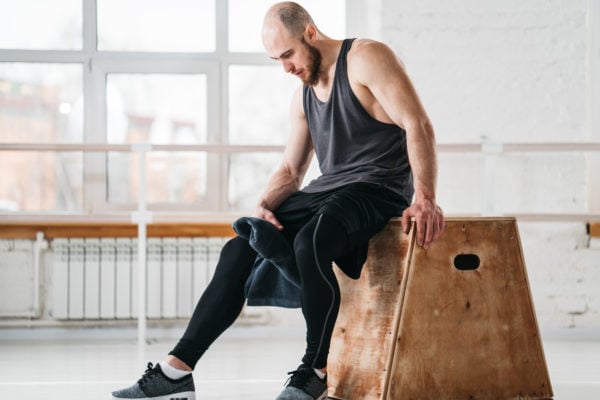Tips for Optimal Muscle Growth
When we talk about muscle growth, we almost exclusively talk about weight training and working out. There’s another component to muscle growth that’s equally as important, though—rest and recovery.
Rest and Recovery Strengthens Muscles
All workouts put the body under strain by inflicting small amounts of damage to muscle cells, so it’s critical that you incorporate recovery into your workout plan. The damage that exercise produces triggers your body’s immune system; once your body’s tissues recuperate, they are fitter than before. This means you won’t suffer as much muscle injury during subsequent workouts. This cycle of stress and recovery, when repeated on a regular basis, leads to enhanced health and fitness.
Rest and Recovery Prevents Injury
Recovery after a strenuous workout reenergizes your body so you can give it your all during your next workout. You can’t push yourself to the limit without allowing your body to recover in between. When you don’t take the time to rest and recover, it’s considered overtraining, which sets the stage for injury. Iliotibial band syndrome, runner’s knee, stress fractures, and muscular strain are all associated with overtraining. Insufficient rest and recovery can even lead to impaired immune function, neurological abnormalities, hormone imbalances, and depression.
Rest and Recovery Tips
Rest and recovery doesn’t necessarily mean scheduling time to hang out on the couch and binge watch your favorite new Netflix series! Here are some ways to recover for optimal muscle growth.
Passive Recovery
Passive recovery is the type of recovery that might involve binge watching Netflix! It involves a complete cessation of exercise. The amount of passive recovery needed depends on the condition of your body and your fitness level.
Active Recovery
Active recovery means switching to low-intensity, low-impact exercises that increase blood flow and promote tissue healing without putting your muscles under stress. For example, if you’re doing weight training, an active recovery day could mean gentle yoga or going for a walk around the neighborhood.
Cross-Training
Cross-training gives you more bang for your proverbial buck because it allows you to vary your activity from one workout to the next so you fatigue different muscles at different times. You’ll be able to reduce the number of passive and active recovery days in your workout regimen by carefully planning workouts that focus on different sets of muscles each day.
Myofascial Release
Myofascial release could be getting a massage or fascial stretch therapy, or it could simply be using a foam roller at home. This method has been shown to speed up muscle recovery and prevent muscle soreness in the days after a workout.
Nutritional Recovery
A healthy diet high in antioxidants, whole grains, and lean protein can provide your body with the macros and nutrients it needs to recover from a workout so you’re ready for the next one. Consider adding supplements to your diet if you have trouble finding time to prepare well-balanced meals at home.
Learn More About Longevity Herbs
If you’d like to learn more about Longevity Herbs, browse our selection online or read more about us.



